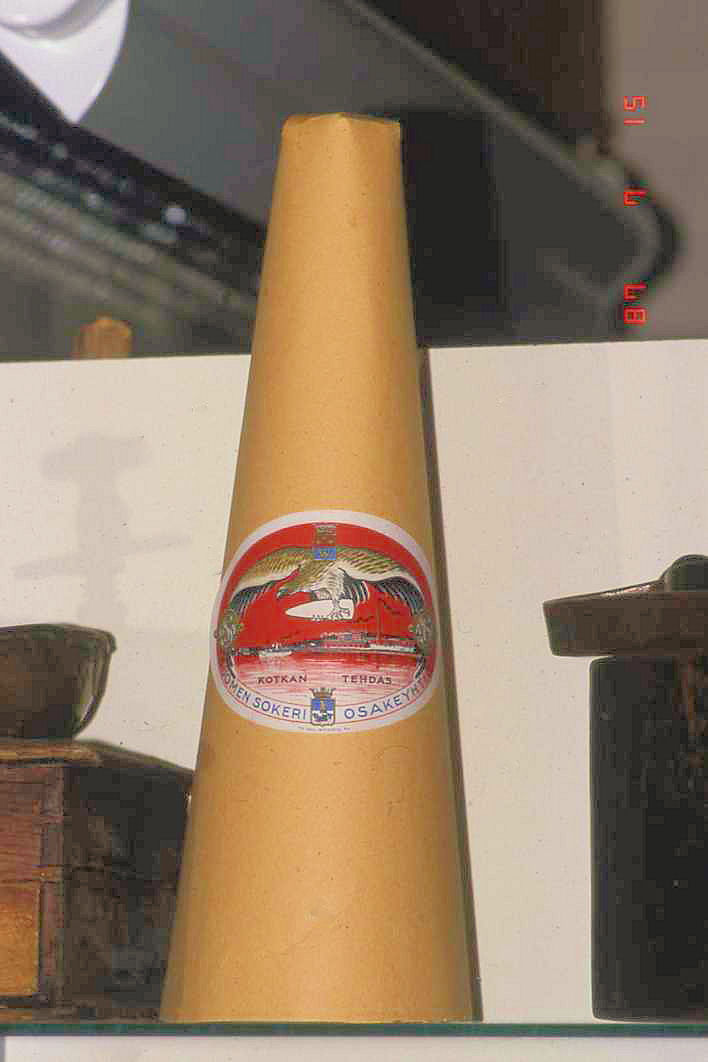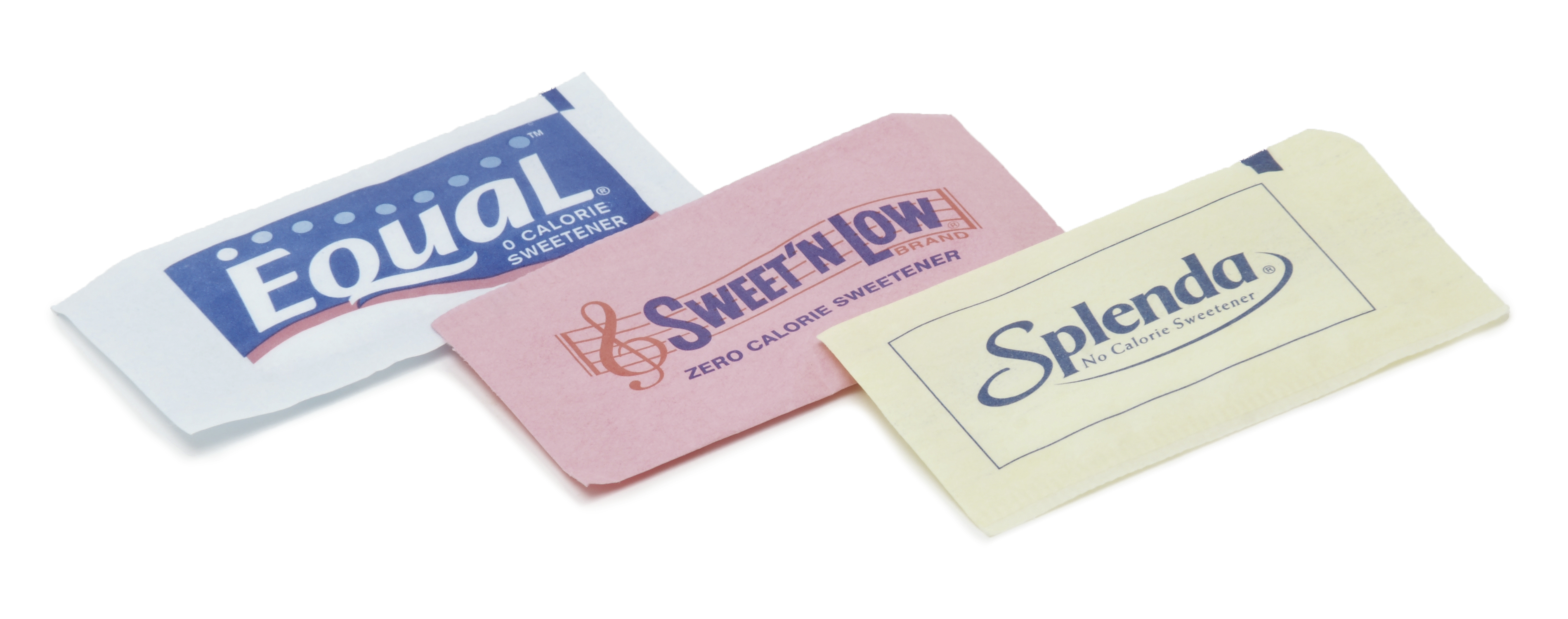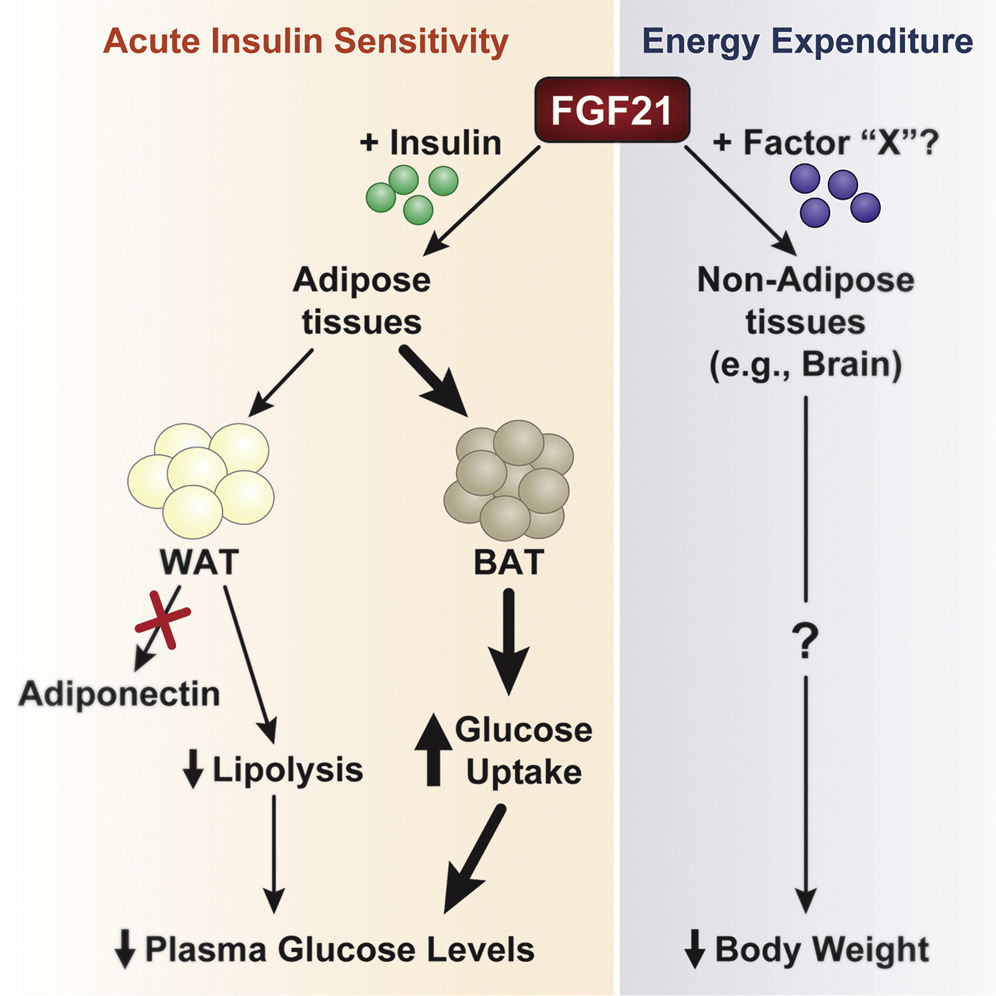|
Sweetening
Sweetness is a basic taste most commonly perceived when eating foods rich in sugars. Sweet tastes are generally regarded as pleasurable. In addition to sugars like sucrose, many other chemical compounds are sweet, including aldehydes, ketones, and sugar alcohols. Some are sweet at very low concentrations, allowing their use as non-caloric sugar substitutes. Such non-sugar sweeteners include saccharin, aspartame, sucralose and stevia. Other compounds, such as miraculin, may alter perception of sweetness itself. The perceived intensity of sugars and high-potency sweeteners, such as aspartame and neohesperidin dihydrochalcone, are heritable, with gene effect accounting for approximately 30% of the variation. The chemosensory basis for detecting sweetness, which varies between both individuals and species, has only begun to be understood since the late 20th century. One theoretical model of sweetness is the multipoint attachment theory, which involves multiple binding sites betw ... [...More Info...] [...Related Items...] OR: [Wikipedia] [Google] [Baidu] |
Sucrose
Sucrose, a disaccharide, is a sugar composed of glucose and fructose subunits. It is produced naturally in plants and is the main constituent of white sugar. It has the molecular formula . For human consumption, sucrose is extracted and refined from either sugarcane or sugar beet. Sugar mills – typically located in tropical regions near where sugarcane is grown – crush the cane and produce raw sugar which is shipped to other factories for refining into pure sucrose. Sugar beet factories are located in temperate climates where the beet is grown, and process the beets directly into refined sugar. The Sugar refinery, sugar-refining process involves washing the raw sugar crystals before dissolving them into a sugar syrup which is filtered and then passed over carbon to remove any residual colour. The sugar syrup is then concentrated by boiling under a vacuum and crystallized as the final purification process to produce crystals of pure sucrose that are clear, odorless, and sweet. ... [...More Info...] [...Related Items...] OR: [Wikipedia] [Google] [Baidu] |
Miraculin
Miraculin is a taste modifier, a glycoprotein extracted from the fruit of '' Synsepalum dulcificum''. The berry, also known as the miracle fruit, was documented by explorer Chevalier des Marchais, who searched for many different fruits during a 1725 excursion to its native West Africa. Miraculin itself does not taste sweet. When taste buds are exposed to miraculin, the protein binds to the sweetness receptors. This causes normally sour-tasting acidic foods, such as citrus, to be perceived as sweet. The effect can last for one or two hours. History The sweetening properties of '' Synsepalum dulcificum'' berries were first noted by des Marchais during expeditions to West Africa in the 18th century. The term ''miraculin'' derived from experiments to isolate and purify the active glycoprotein that gave the berries their sweetening effects, results that were published simultaneously by Japanese and Dutch scientists working independently in the 1960s (the Dutch team called the gly ... [...More Info...] [...Related Items...] OR: [Wikipedia] [Google] [Baidu] |
Sugar Substitute
A sugar substitute or artificial sweetener, is a food additive that provides a sweetness like that of sugar while containing significantly less food energy than sugar-based sweeteners, making it a zero-calorie () or low-calorie sweetener. Artificial sweeteners may be derived through manufacturing of plant extracts or processed by chemical synthesis. Sugar substitute products are commercially available in various forms, such as small pills, powders and packets. Common sugar substitutes include aspartame, monk fruit extract, saccharin, sucralose, stevia, acesulfame potassium (ace-K) and cyclamate. These sweeteners are a fundamental ingredient in diet drinks to sweeten them without adding calories. Additionally, sugar alcohols such as erythritol, xylitol and sorbitol are derived from sugars. No links have been found between approved artificial sweeteners and cancer in humans. Reviews and dietetic professionals have concluded that moderate use of non-nutritive sweetener ... [...More Info...] [...Related Items...] OR: [Wikipedia] [Google] [Baidu] |
Stevia
Stevia () is a sweet sugar substitute that is about 50 to 300 times sweetness, sweeter than sugar. It is extracted from the leaves of ''Stevia rebaudiana'', a plant native to areas of Paraguay and Brazil. The active compounds in stevia are steviol glycosides (mainly stevioside and rebaudioside). Stevia is heat-stable, pH-stable, and not fermentation (food), fermentable. Humans cannot metabolize the glycosides in stevia, and it therefore has zero calories. Its taste has a slower onset and longer duration than that of sugar, and at high concentrations some of its extracts may have an aftertaste described as licorice-like or Bitter taste, bitter. Stevia is used in sugar-reduced and calorie-reduced food and beverage products as an alternative for variants with sugar. The legal status of stevia as a food additive or dietary supplement varies from country to country. In the United States, certain high-purity ''stevia glycoside'' extracts have been generally recognized as safe (GRA ... [...More Info...] [...Related Items...] OR: [Wikipedia] [Google] [Baidu] |
Fructose
Fructose (), or fruit sugar, is a Ketose, ketonic monosaccharide, simple sugar found in many plants, where it is often bonded to glucose to form the disaccharide sucrose. It is one of the three dietary monosaccharides, along with glucose and galactose, that are absorbed by the gut directly into the blood of the portal vein during digestion. The liver then converts most fructose and galactose into glucose for distribution in the bloodstream or deposition into glycogen. Fructose was discovered by French chemist Augustin-Pierre Dubrunfaut in 1847. The name "fructose" was coined in 1857 by the English chemist William Allen Miller. Pure, dry fructose is a sweet, white, odorless, crystalline solid, and is the most water-soluble of all the sugars. Fructose is found in honey, tree and vine fruits, flowers, Berry, berries, and most List of root vegetables, root vegetables. Commercially, fructose is derived from sugar cane, sugar beets, and maize. High-fructose corn syrup is a mixture of ... [...More Info...] [...Related Items...] OR: [Wikipedia] [Google] [Baidu] |
Strawberry Shortcake
Strawberry shortcake may refer to: * Strawberry shortcake (dessert), a shortcake served with strawberries * Strawberry Shortcake, a cartoon character and franchise created by American Greetings ** Strawberry Shortcake (TV series), ''Strawberry Shortcake'' (TV series), a 2003–2008 animated series * "Strawberry Shortcake", a 1968 song by Jay & the Techniques * "Strawberry Shortcake", a 2019 song by Melanie Martinez from ''K–12 (album), K–12'' * ''Strawberry Shortcakes'', a 2002 manga by Kiriko Nananan, and a 2006 film adaptation * Strawberry Shortcake bars, a type of ice cream See also * ''Strawberry on the Shortcake'', a Japanese romance film {{disambiguation ... [...More Info...] [...Related Items...] OR: [Wikipedia] [Google] [Baidu] |
Energy Density
In physics, energy density is the quotient between the amount of energy stored in a given system or contained in a given region of space and the volume of the system or region considered. Often only the ''useful'' or extractable energy is measured. It is sometimes confused with stored energy per unit mass, which is called ''specific energy'' or . There are different types of energy stored, corresponding to a particular type of reaction. In order of the typical magnitude of the energy stored, examples of reactions are: Nuclear power, nuclear, Chemical energy, chemical (including Electrochemistry, electrochemical), electrical, pressure, Deformation (engineering), material deformation or in Electromagnetic field, electromagnetic fields. Nuclear reactions take place in stars and nuclear power plants, both of which derive energy from the binding energy of nuclei. Chemical reactions are used by organisms to derive energy from food and by automobiles from the combustion of gasoline. Liqu ... [...More Info...] [...Related Items...] OR: [Wikipedia] [Google] [Baidu] |
Toxicity
Toxicity is the degree to which a chemical substance or a particular mixture of substances can damage an organism. Toxicity can refer to the effect on a whole organism, such as an animal, bacteria, bacterium, or plant, as well as the effect on a substructure of the organism, such as a cell (biology), cell (cytotoxicity) or an organ such as the liver (hepatotoxicity). Sometimes the word is more or less synonymous with poison#Poisoning, poisoning in everyday usage. A central concept of toxicology is that the effects of a toxicant are Dose (biochemistry), dose-dependent; even water can lead to water intoxication when taken in too high a dose, whereas for even a very toxic substance such as snake venom there is a dose below which there is no detectable toxic effect. Toxicity is species-specific, making cross-species analysis problematic. Newer paradigms and metrics are evolving to bypass animal testing, while maintaining the concept of toxicity endpoints. Etymology In Ancient G ... [...More Info...] [...Related Items...] OR: [Wikipedia] [Google] [Baidu] |
Fibroblast Growth Factor 21
Fibroblast growth factor 21 (FGF-21) is a protein that in mammals is encoded by the ''FGF21'' gene. The protein encoded by this gene is a member of the fibroblast growth factor (FGF) family and specifically a member of the endocrine subfamily which includes FGF23 and FGF15/19. FGF21 is the primary endogenous agonist of the FGF21 receptor, which is composed of the co-receptors FGF receptor 1 and β-Klotho. FGF family members possess broad mitogenic and cell survival activities and are involved in a variety of biological processes including embryonic development, cell growth, morphogenesis, tissue repair, tumor growth and invasion. FGFs act through a family of four FGF receptors. Binding is complicated and requires both interaction of the FGF molecule with an FGF receptor and binding to heparin through a heparin binding domain. Endocrine FGFs lack a heparin binding domain and thus can be released into the circulation. FGF21 is a hepatokine – i.e., a hormone secreted by the li ... [...More Info...] [...Related Items...] OR: [Wikipedia] [Google] [Baidu] |
Amino Acid
Amino acids are organic compounds that contain both amino and carboxylic acid functional groups. Although over 500 amino acids exist in nature, by far the most important are the 22 α-amino acids incorporated into proteins. Only these 22 appear in the genetic code of life. Amino acids can be classified according to the locations of the core structural functional groups ( alpha- , beta- , gamma- amino acids, etc.); other categories relate to polarity, ionization, and side-chain group type ( aliphatic, acyclic, aromatic, polar, etc.). In the form of proteins, amino-acid '' residues'' form the second-largest component (water being the largest) of human muscles and other tissues. Beyond their role as residues in proteins, amino acids participate in a number of processes such as neurotransmitter transport and biosynthesis. It is thought that they played a key role in enabling life on Earth and its emergence. Amino acids are formally named by the IUPAC- IUBMB Joint Commi ... [...More Info...] [...Related Items...] OR: [Wikipedia] [Google] [Baidu] |




